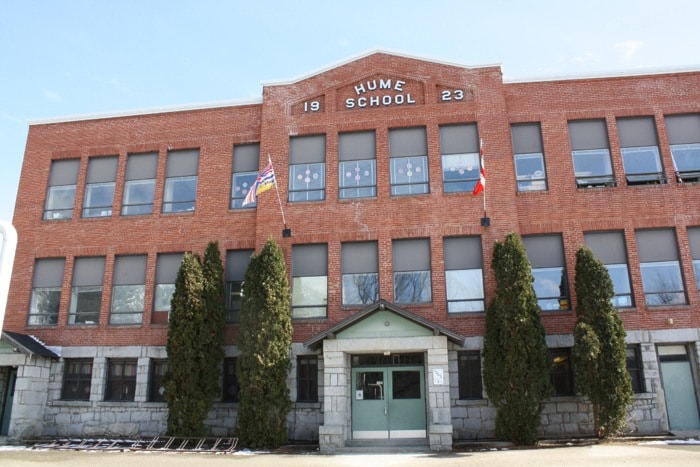Student numbers in the Kootenay Lake school district are down this year — but less than expected.
Figures submitted to the Ministry of Education on September 30 show a district-wide enrollment of 5,086 with a full-time equivalent of 4,823 compared to 5,409 students and 4,979 FTEs at the same time last year.
Superintendent Jeff Jones says they were actually projecting 4,982 students.
The number of heads doesn’t match the full-time equivalents, because some students take less, and occasionally more than a regular course load.
Enrollment is directly linked to the amount of money school districts receive from the province. Those announcements are typically made in mid-December.
“Our numbers this year are consistent with those we reported last year. As a district we have seen neither a significant increase, nor a significant decrease in our number of students,” Jones says.
In Nelson, enrollment is down most drastically at LV Rogers and South Nelson, which saw 25 and 34 fewer heads respectively. In LVR’s case, the drop in full-time equivalents was even more dramatic, at 46.
Headcounts at Hume, Rosemont, and Trafalgar are essentially unchanged — although Hume’s full-time equivalent is up.
South Nelson is down 34 students, while Blewett is up a dozen.
In Salmo, a decrease in enrollment at the high school of 13 students is offset by 21 additional students at the elementary school. Overall, the community’s full-time equivalent numbers are unchanged.

In the Slocan Valley, Mount Sentinel and WE Graham are both down, Brent Kennedy is up slightly, and Winlaw is unchanged. Redfish and Jewett are about the same, Crawford Bay is up a bit, and JV Humphries in Kaslo is down over 30. The distance education school lost more than 200, but only 32 full-time equivalents.
“We’re trying desperately to find trends,” Jones says, adding that varying economies within the district don’t make it easy to predict populations. “There are so many entrepreneurs in our part of the world. We don’t know if they’re going to stay here. They’re not connected to an industry here, so we can’t tell by economic growth what our population is going to be. We go on instinct and intuition.”
Jones points to the uncertainty around the sawmill in Slocan.
“I’ve been listening closely to find out what’s going to happen with that mill. There’s all kinds of speculation. What’s the long-term implication? Even though they have a community revival plan, it makes it hard to predict.”
Lacking the services of a professional demographer, he says individual principals have to work with their communities. “They say who’s leaving, who’s staying? They literally go through student by student. They look at the preschoolers and do their best guess who’s going to come into Kindergarten. I think they do an incredible job of predicting, but we’re not professional demographers.”
Jones says in some cases the fluctuations represent movements between schools, although the overall numbers in the district haven’t changed as much.
“There have been some population shifts in that some schools have more students than we anticipated and others have fewer,” he says. “This has required realigning some staff members and setting up classes differently in some spots throughout the district. This is not a new process and one we have to do each year.”

